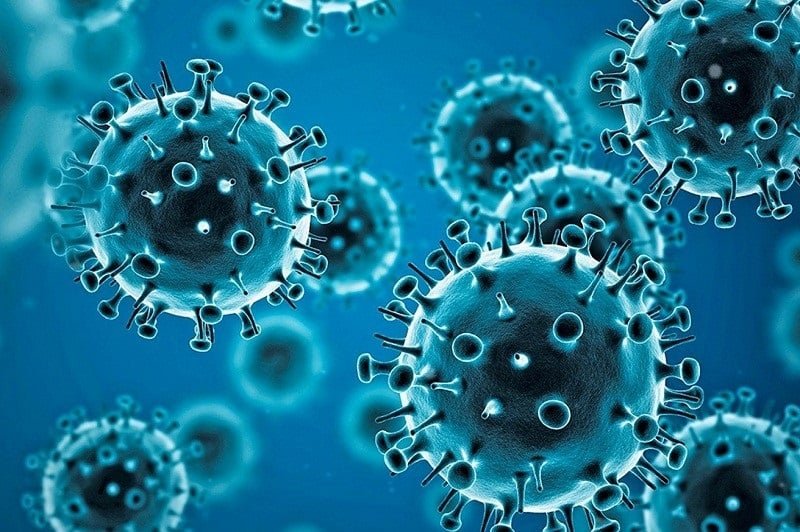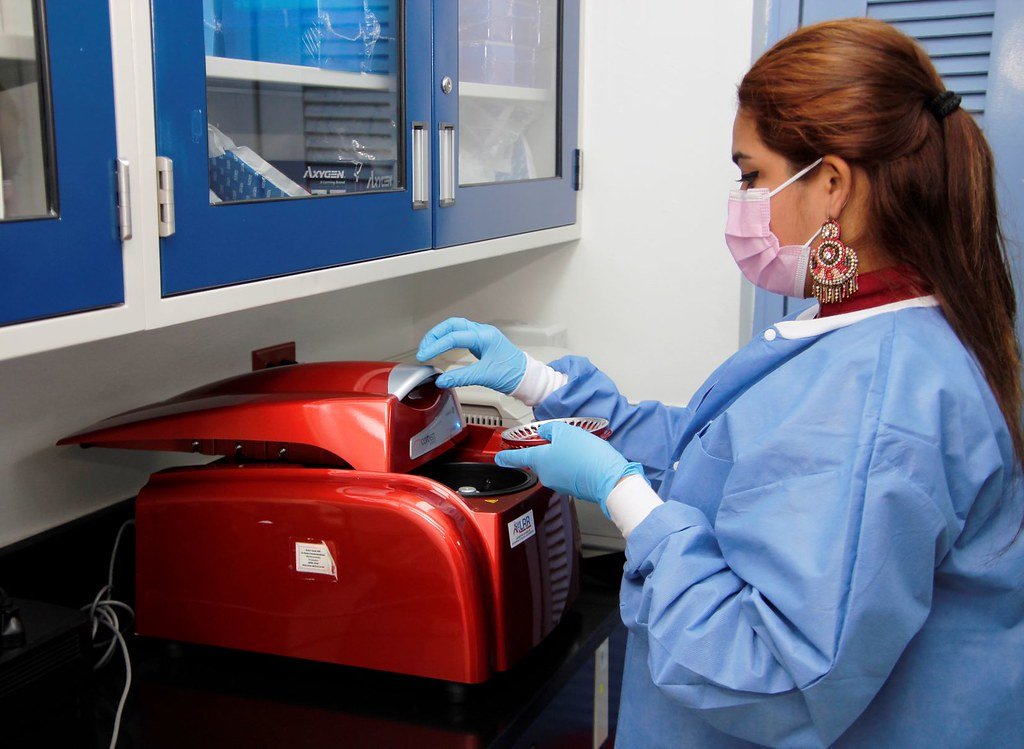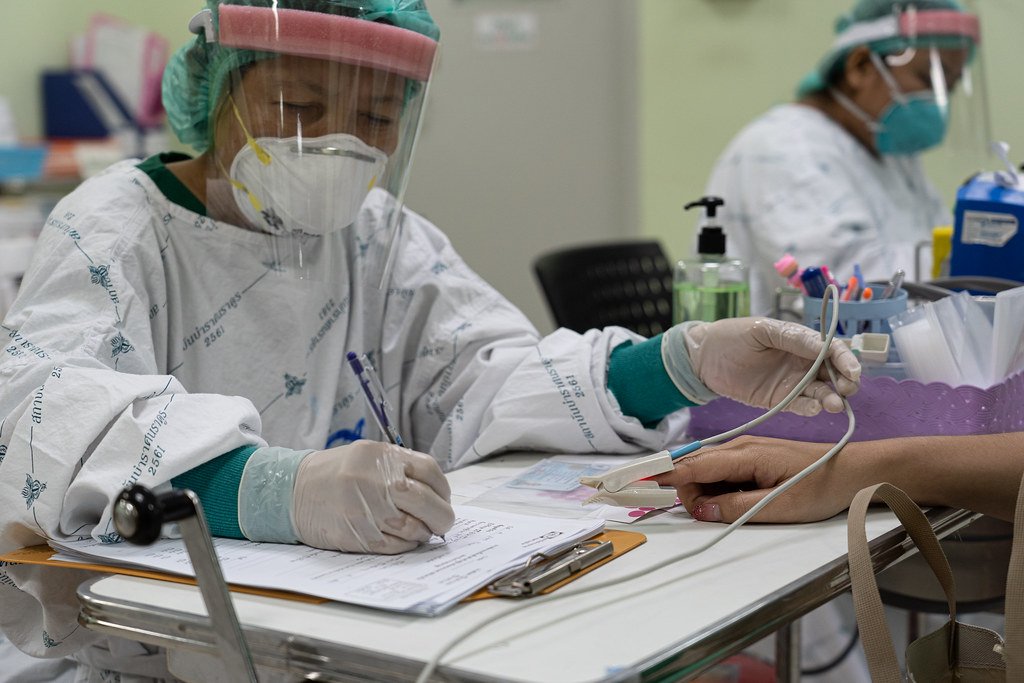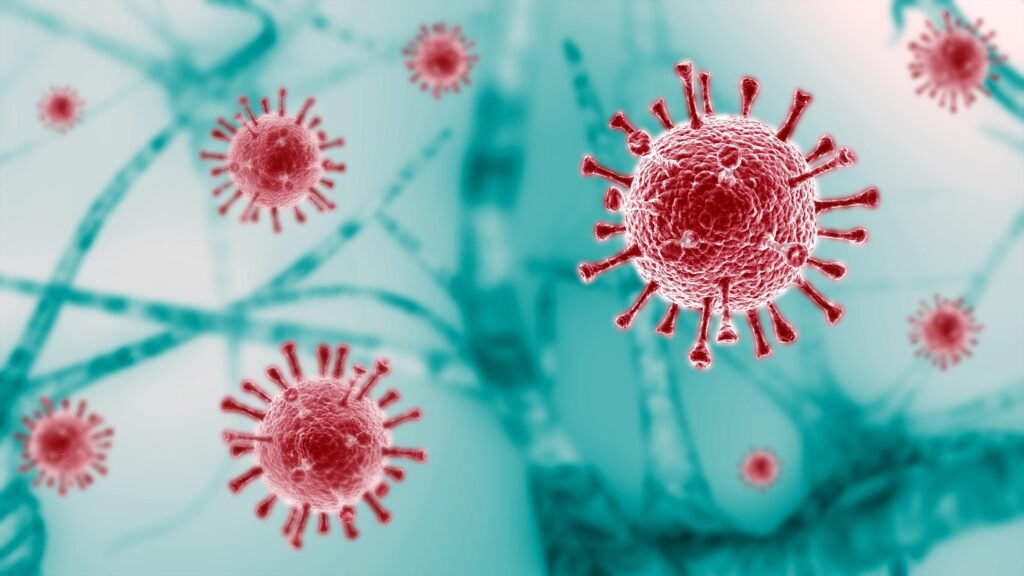“The Untold Story Unfolds: Chinese Scientists Reveal Long-Awaited Covid-19 Origins Data”- UPSC
Chinese Research Team Reveals Analysis of 3-Year-Old Market Covid-19 Sample.
The Covid-19 pandemic has affected the entire world, causing widespread illness, death, and economic disruption. Since the early days of the outbreak, scientists and researchers have been working to understand the origins of the virus, which has been traced back to Wuhan, China. The Huanan seafood and wildlife market in Wuhan has been identified as a possible source of the outbreak, as many of the first reported cases were linked to the market.

A new study conducted by Chinese researchers has shed new light on the origins of the virus, providing biological evidence gathered from the Huanan market in 2020. This is the first peer-reviewed study of such evidence from the market, and it could help scientists better understand how the outbreak began.
The study found that swabs taken from the market that tested positive for Covid-19 also contained genetic material from wild animals, suggesting that the virus may have originated in an animal species and then jumped to humans. While this theory is not new, the biological evidence provides stronger support for the idea that the virus initially spread through animal-to-human transmission.
Despite this new evidence, some scientists have urged caution in interpreting the findings. For example, it remains unclear why it took three years for the genetic content of the samples to be made public. Additionally, there are still unanswered questions about the role that other factors may have played in the outbreak, such as the possibility of a laboratory accident.

The lab-leak theory has gained traction in recent months, with some scientists and politicians calling for further investigation into the possibility that the virus accidentally leaked from a laboratory in Wuhan. However, there is still no definitive evidence to support this theory. The World Health Organization (WHO) conducted an investigation into the origins of the virus earlier this year, but their report was criticized by some for not fully exploring the lab-leak theory.
Despite the controversy surrounding the origins of Covid-19, there is broad consensus among scientists that understanding the origins of the virus is crucial for preventing future pandemics. In order to do so, it will be necessary to conduct further research and collect more data from the early days of the outbreak.

One challenge in this endeavor is the lack of transparency from some countries, including China, regarding their handling of the outbreak. The Chinese government has been accused of suppressing information about the outbreak in the early days, which may have hindered efforts to contain the virus and study its origins.
Moving forward, it will be important for scientists and policymakers to work together to promote transparency and collaboration in studying the origins of Covid-19. This will require a commitment to openness and a willingness to engage in difficult conversations and debates about the best path forward.
READ MORE- “Unveiling the Enchanting Mystery of Central Italy’s Ring of Red-Light Flashes”-UPSC
No conclusive evidence relating Covid-19 Origin
A Chinese research team has published a peer-reviewed study containing analysis of biological evidence gathered from the Huanan seafood and wildlife market, which is considered to be the epicenter of the Covid-19 outbreak. The study reveals that some swabs collected from areas where wildlife was being sold tested positive for the virus and contained genetic material from wild animals, particularly raccoon dogs. However, the study does not provide definitive proof that the animals were infected, leaving open the possibility that the virus was brought into the market by an infected person.
Another international group of researchers also shared their assessment of the genetic sequences from the market swabs, which were posted on a scientific data-sharing website in February 2022. This analysis, validated by other scientists and published in the journal Nature, contains more important detail about the content of the samples collected from the market stalls, surfaces, cages, and machinery.
The lead researcher of the new report from the Chinese Center for Disease Control and Prevention (China CDC) in Beijing has been contacted by the BBC for comment. While the study does not provide definitive proof, the published findings add to the growing body of evidence pointing to the Huanan market as the source of the Covid-19 outbreak.
The lab leak theory, which suggests that the virus accidentally leaked from a laboratory in Wuhan, is gaining ground among authorities in the US. The Chinese government has denied suggestions that the virus originated in a scientific facility, but the FBI now believes that scenario is the “most likely”, as does the US Department of Energy.

Various US departments and agencies have investigated the origin of the virus and produced differing conclusions, but on 1 March, the FBI’s director accused Beijing of “doing its best to try to thwart and obfuscate” and disclosed that the bureau had been convinced of the lab leak theory “for quite some time now”. The FBI has not made their findings public, which has frustrated some scientists.
Virologist Prof David Robertson, from the University of Glasgow, has been involved in the genetic investigation into the origin of SARS-CoV-2 since it emerged in 2020. He believes that the contents of the samples are “compelling evidence that animals there were probably infected with the virus”. When this evidence is brought together with the fact that the early Covid-19 cases in Wuhan are linked to the market, it is strong evidence that a spillover from an animal in the market caused the outbreak.
The publication of this important dataset is now available for other scientists to work on, which could help to provide further evidence of the virus’s origins. However, the study falls short of providing definitive proof of how the outbreak started, leaving open the possibility of other theories.





Pingback: China’s Subsea Internet Cable |IAS Banenge - Ias Banenge
Pingback: Current Affairs 15 April 2023 Ias Banenge - Ias Banenge